INTRODUCTION

From the very first AIO liquid coolers to get released in the consumer market just over 15 years ago to what we have available nowadays the difference in performance, quality and yes even looks is significant. This isn't due to a change of overall design and how AIO liquid coolers work but rather improvements in pump speed, fan performance (both air pressure and flow) and last but not least in the design of waterblocks. Still, even though all AIO do follow the same design differences in pump speed and quality, fan performance, waterblock material and even radiator thickness and FPI (fins per inch) ensure that not all are created equal. ENDORFY may seem like a new player in the market but they are actually the comeback of SilentiumPC and today with me i have their Navis F360 ARGB AIO CPU Cooler.
ENDORFY can cater to every desire and requirement. All you need is your imagination and passion for computer hardware. We handle the rest and deliver proven, functional and efficient products. This combination will make you proud and let you experience the emotions that come with computer hardware, its configuration and PC gaming.
As its name clearly states the Navis F360 ARGB is the latest member of the to the Navis line of AIO liquid CPU coolers and is currently available in 240/280/360mm sizes thus covering the vast majority of PC cases out there. As expected, the Navis F360 ARGB consists by 4 parts, an 395mm long, 120mm wide and 28mm thick aluminum radiator, two 460mm long sleeved rubber tubes, high-performance ceramic-bearing pump (9 pole motor with a speed of up to 2600RPM -+10%) complete with ARGB LEDs and a flow-optimised all-copper base (cold-plate) and three Fluctus ARGB PWM 120mm fluid dynamic bearing fans (1800RPM -+10%). Now ENDORFY may not mention these on the box or their website but judging by its predecessors the Navis F360 ARGB should achieve a TDP (thermal design power) of 350W and as for the bundled Fluctus 120mm ARGB fans and the pump all should be fully compatible with motherboards that feature 3-pin addressable RGB connectors (ASUS Aura Sync, ASRock Polychrome Sync, Gigabyte RGB Fusion and MSI Mystic Light). Typically, if you don't happen to own one such motherboard a small nano-reset ARGB controller. Finally, when it comes to warranty ENDORFY covers the entire Navis ARGB AIO line with a 3-year limited one.
SPECIFICATIONS AND FEATURES

PACKAGING AND CONTENTS
ENDORFY packs the Navis F360 ARGB inside a cardboard box that has a product drawing at the front, company logo, main features and a quality inspection sticker.
The product features are printed at the top of the box.
Moving at the rear we find the product specifications and motherboard compatibility.
Along with the Navis F360 ARGB and its three Fluctus 120mm ARGB fans (pre-mounted) inside the box you will also find, mini thermal paste tube, nano-reset ARGB controller, ARGB adapter cable, backplate, installation instructions and all the necessary screws and mounts for installation on Intel LGA 1150/1151/1155/1156/1200/2011/2011-3/2066 and AMD AM4/AM5 compatible motherboards.
THE NAVIS F360 ARGB
ENDORFY has all three fans pre-mounted onto the radiator of the Navis F360 ARGB and well, it will save you some time.
With the fans pre-mounted the thickness of the radiator increases to around 54mm.
The thickness of the radiator on the other hand is just 28mm (the typical as with most AIO models).
FPI (fins per inch) count this time over is 20.
On the far end of the radiator, we find an fill/empty port which will void your warranty if accessed.
The two long braided rubber tubes also have anti-kink coils on both ends.
Taking a look at the top of the pump we see the company logo which is of course illuminated by the ARGB LEDs beneath it.
Strangely enough the tubes in my sample rotated just around 30 degrees from the base (didn't hinder installation but usually that's closer to around 90 degrees).
The copper base of the cooler did have 2-3 machine marks on it but nothing which would affect performance.
Unlike other fans bundled with AIO models the fan blades of the Fluctus illuminate from the center out (needless to say they have rubber pads on all corners).
TEST BED
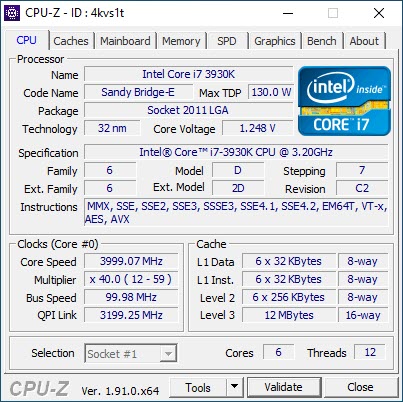

TESTING METHODOLOGY
Testing complete water cooling kits or individual radiators is no different than testing CPU Coolers and since i want all of you to be able to compare similar products, i created new and separate charts (you can still cross-compare results however since we are using the same test rig). So once again single (120/140mm) watercooling solutions are tested with the radiator mounted at the rear of the test rig while dual/triple/quad (240/260/280/360/420/480/560mm) solutions with the radiator mounted at the top. For the dBA tests complete water cooling kits or radiators with bundled fans are measured both while on idle mode or with the fan controller in the minimum setting and while on extreme load or with the fan controller all the way to the highest possible setting (PWM fans do that on their own without our intervention). Every single test takes place in a temperature controlled room of 23 degrees Celsius Ambient Temp with the help of two AC units placed diagonally inside that said room. Finally, much like when testing CPU Coolers, it's very important to point out that just because a water cooling kit outperforms another when tested with my test rig (when i test complete water cooling kits) that does not necessarily mean that the same performance differences will apply 100% for other CPU models and in other situations (such as different ambient temps and system configurations).
To successfully record the load temperatures, I’ll be using the latest OCCT application for around 6-10 minutes to push the processor to its limits and after that is done and the temperatures are recorded, I’ll wait for about 10-20 minutes for the CPU to cool down and record idle temperatures. This is done to allow time for the thermal conductive material to achieve the optimal performance level. Same procedure is then repeated with the Passmark BurnIn Test as a failsafe just in case the OCCT results are wrong. This procedure takes a lot more time than the usual peltier/thermometer tests but this way not only can i deliver real world results to all of you based on real CPUs but i can also triple check the results using a variety of programs. Last but not least the temperatures were recorded using both the latest versions of AIDA64 and RealTemp while the noise level tests (when fans exist in the bundle) are performed using a high precision ExTech HD600 Decibel Meter placed about 10-15cm above the radiator. Still although the same testing procedure applies to all units do take into consideration that unlike the official numbers which are measured in special noise isolated labs with just the fans here, we also have both the rest of the cooler and the rest of the system (although all system fans are turned off when recording noise levels).
TEST RESULTS


CONCLUSION
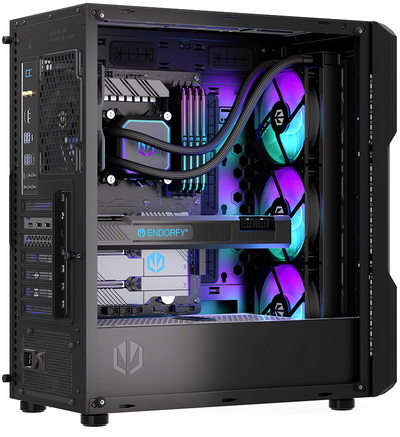
When SilentiumPC changed their name to ENDORFY I was somewhat surprised, as were quite a few in the industry. Yes, their products weren’t at the top of the “food chain” but they did have some that did stand out, including their Fortis air coolers and Navis AIO liquid coolers. Regardless of why they did what they did however the new Navis F360 ARGB performed really well, even slight surpassing its predecessor in terms of cooling efficiency. On the other hand, the exact opposite is true for noise levels but again, the difference is very small to really matter. Having the Fluctus 120mm fans pre-mounted is something i actually liked, not just because it will save you a bit of time but because they’ve also neatly routed all cables. As for the ARGB effects they seem identical to that of the previous Navis AIO i had in the lab (different color palette as far as i can recall) so nothing really new to see here.
To my surprise ENDORFY products are also available on the other side of the Atlantic and so currently you can find the Navis F360 ARGB for USD172.34 inside the USA (Amazon.com) and for 136.89Euros inside the EU (Amazon.de). Unfortunately, availability is not great and as for pricing, ENDORFY needs to look into it when it comes to USA customers. As a product however the Navis F360 ARGB delivers as advertised, yes, it may not offer the best cooling efficiency out there but it does very well without being noisy, looks nice and is priced relatively well in the EU and so the Golden Award is in order.

PROS
- Overall Quality
- Good Cooling Efficiency
- 460mm Long Sleeved Tubes With Anti Kink Coils
- ARGB Fan / Pump Lighting
- Easy Installation
- Bundled Nano Reset ARGB Controller
CONS
- Price (USA)
- Current Availability

 O-Sense
O-Sense





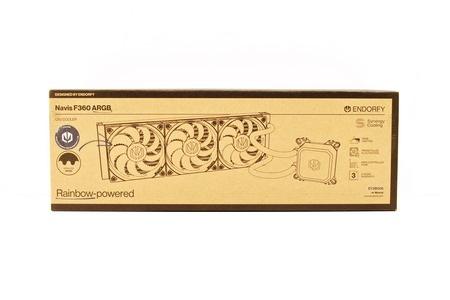
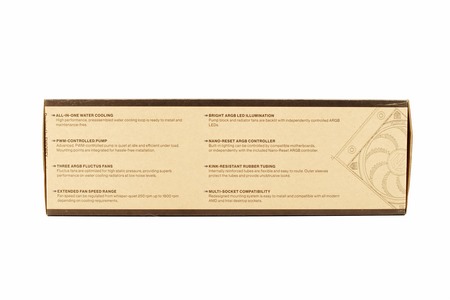
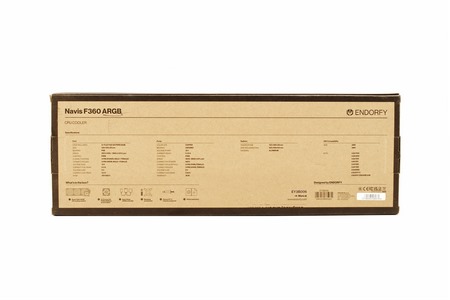
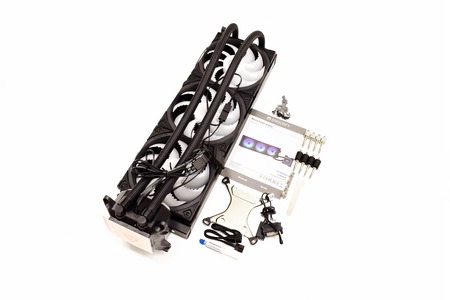
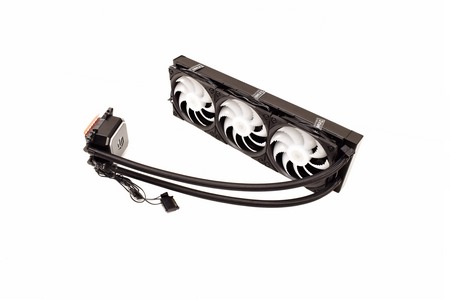
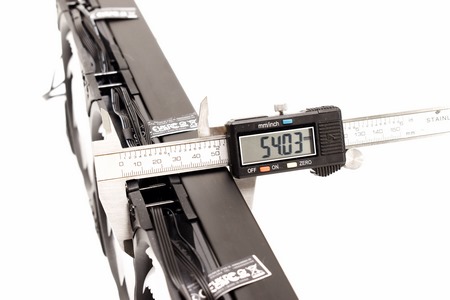
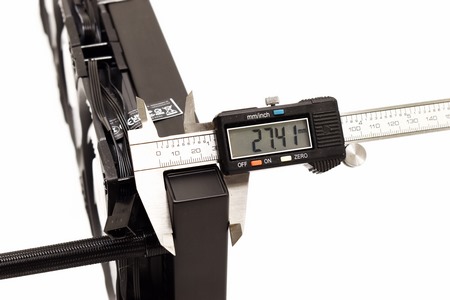
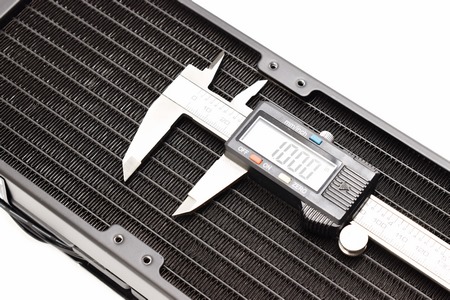
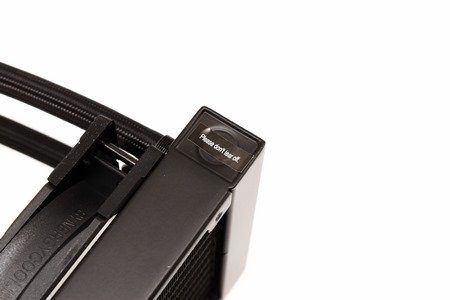
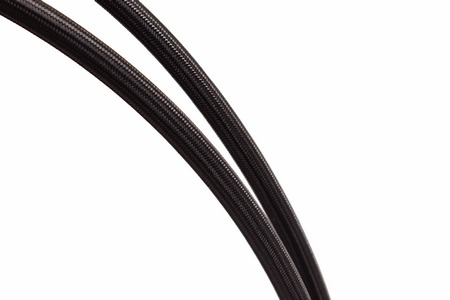
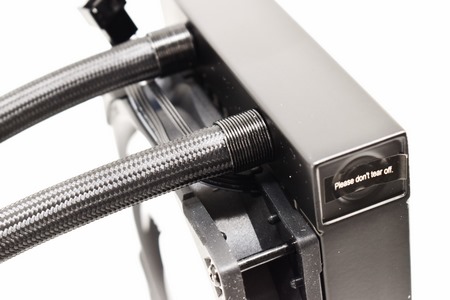
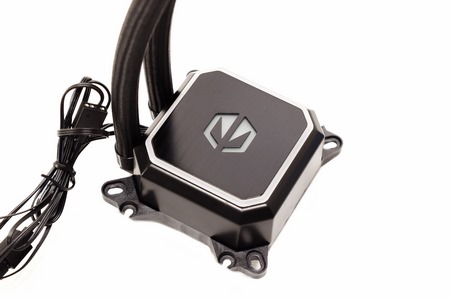
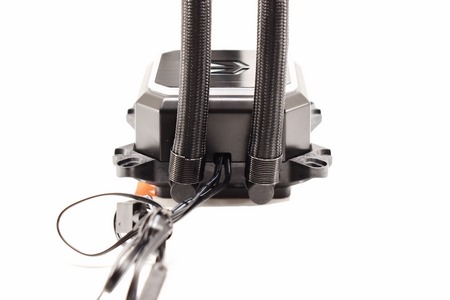
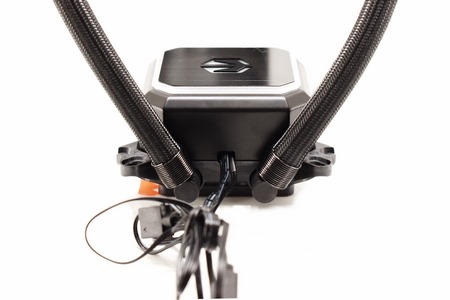
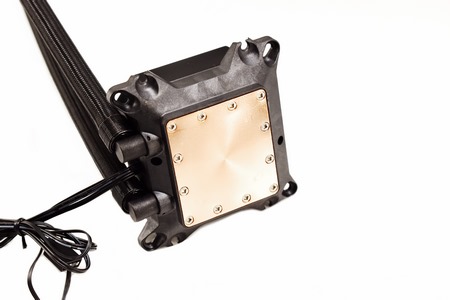
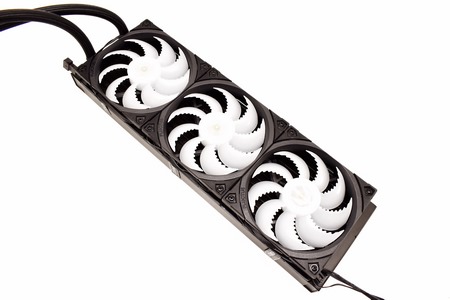
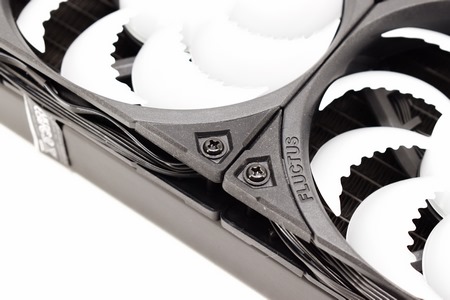


.png)

